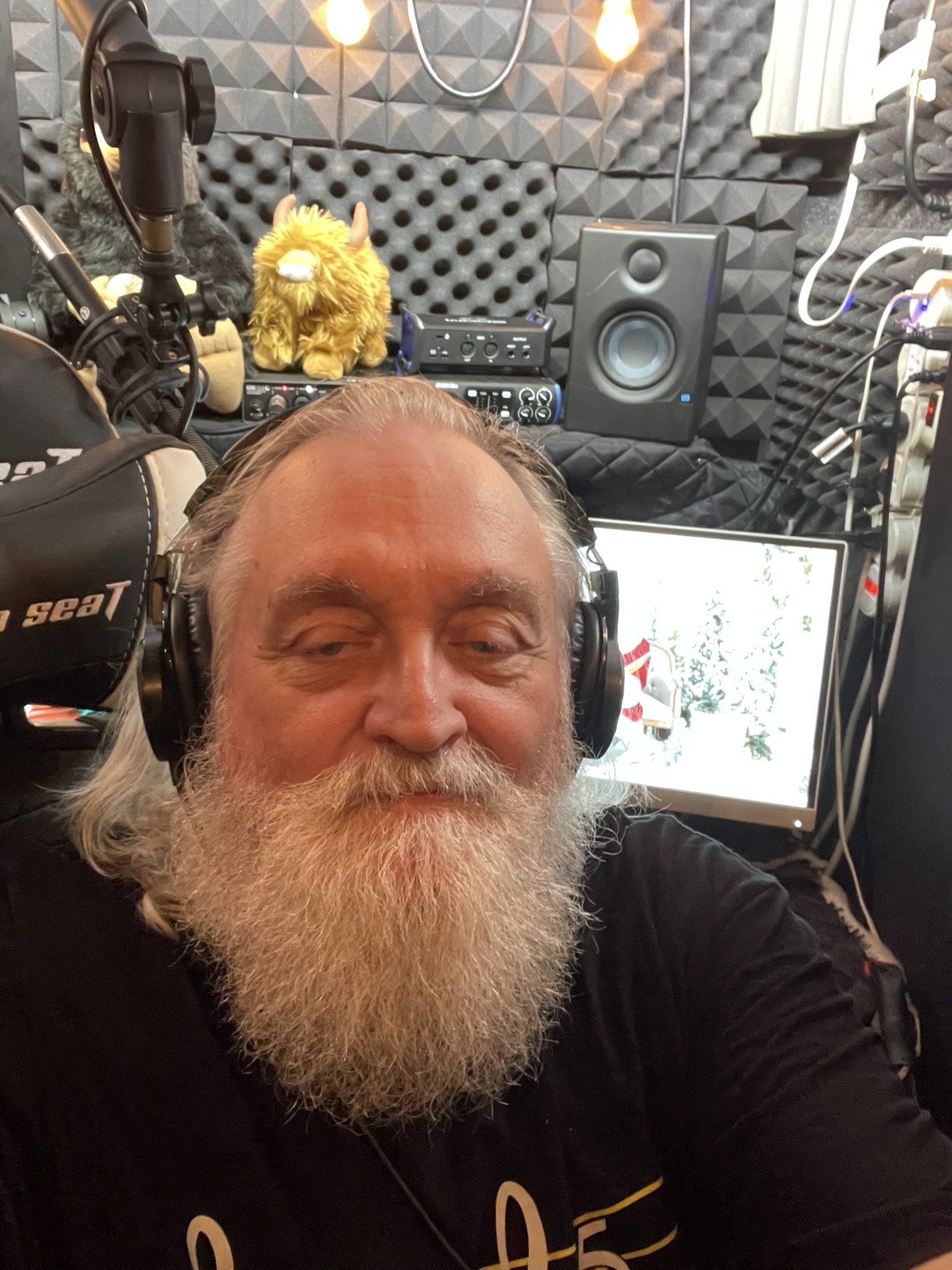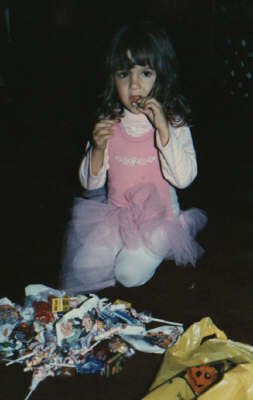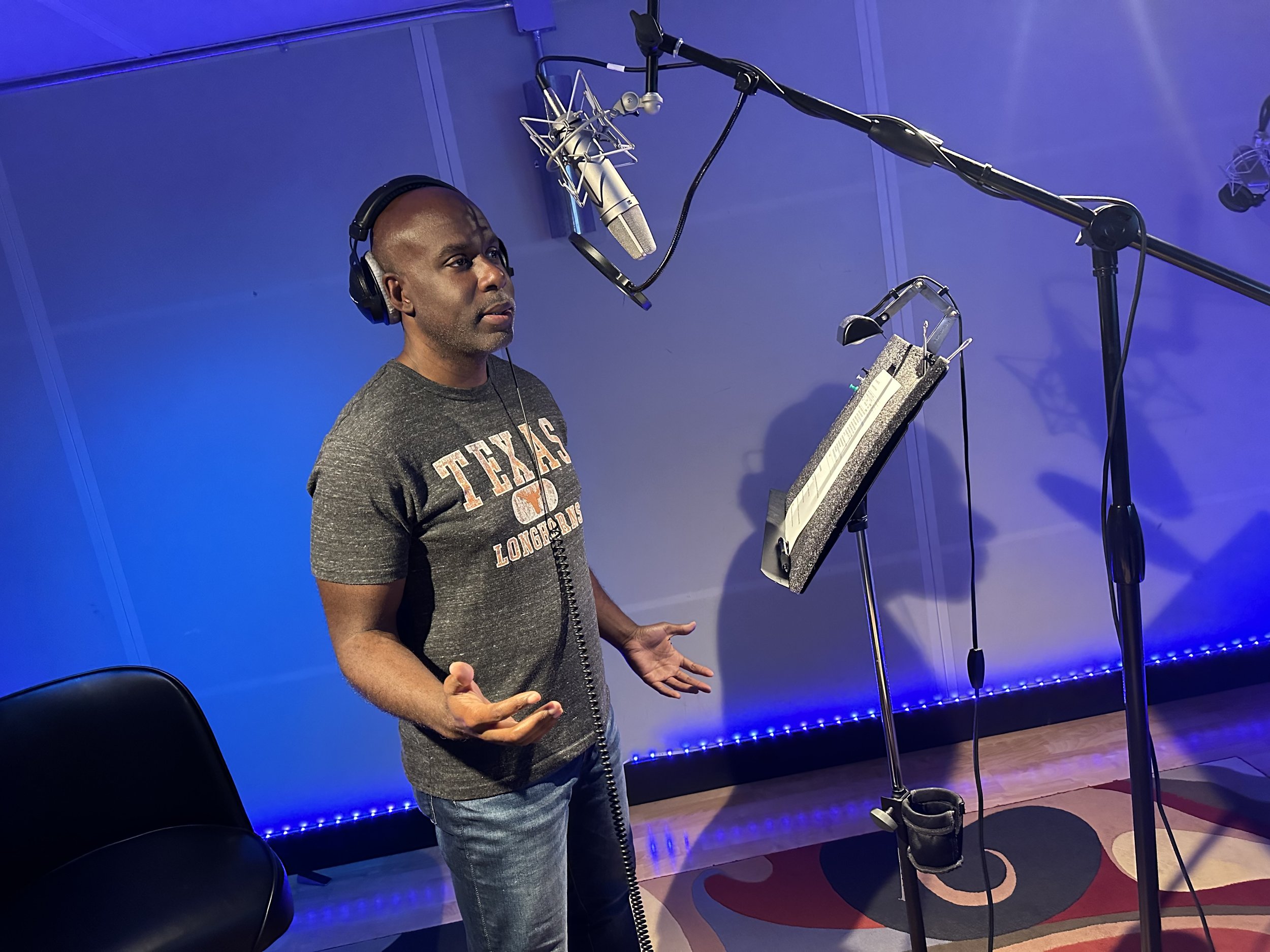Richard Crossman is a maestro of voiceover. A professor of the voice and what it can do. “And I’m gonna do it til I die,” he tells me. He’s a storytelling extraordinaire. And he’s been doing it in some form of theatrics for forty years. But he started thinking about it in early childhood.
Richard with Aunt Molly and Uncle Lyle
Educated in classic theatre, Richard became aware of the market to use only his voice as a performance mechanism years before the current movement. And the result is a storyteller that is versatile in every genre.
He paints a picture with his voice that takes you into a world that transcends the art of the voice. He’s a true vocal magician.
His experience began in his youth in the theatre, encouraged by his Mother who is an important part of Richard’s life to this day.
Richard with his Mom in 1959
And as he aged, he noticed as an opera performer, that “the voice” was the star, not the person on stage, “and that’s when this all clicked for me.
He doesn’t mind taking a risk, so Richard will voice politics, of which these days is a slippery slope.
Perhaps most interesting to Richard is the art of the medical narrator. Coached by the incomparable Anne Ganguzza. Richard is a force to be reckoned with, and so is Anne.
“She’s the best in the business,” says Richard.
His fascination with learning is his hallmark. So, it won’t surprise you that Richard loves the e-learning space “because I myself love to learn,” he says.
Born in a small Canadian town, Richard lives in Simco, Ontario. And he was attracted to the arts at three years old. “I recited “T’was the night before Christmas.” In that moment, “I knew that this would be my life’s work,” Richard professes.
Richard in 1966
He’s spent four decades molding his craft, and he’s viewing this business “as my retirement plan,” he tells me. But because I was trained in theatre, in 2018, “I had to learn to pull back the voice and not project so much as is necessary” when performing for a live audience. “In voiceover, where projection is not used, that was my learning curve, and I learned,” Richard comments. “No matter what you’re voicing, you don’t project; you just tell the story.”
Known basically all over the world for his ability to emulate various accents, Richard operates quietly from his home studio. https://www.voiceactingmagic.com #RichardCrossman
And, he is a man for all seasons. He designs costumes for theatre.
And, he plays Santa Claus in Russian, known as Father Frost. He plays Santa in France, known as Noel. And he plays Santa in the UK known as Father Christmas. The costumes are not a fat man in a red outfit. “That was developed by Coca-Cola as a way to sell the soft drink and was brilliant, but it does not exist in other cultures,” Richard informs me. And that’s why 99-percent of his work is out of North America.
Father Frost, Russia’s version of St Nick
“Any day that you can wake up and see that the grass is green is a good day.” That’s Richards’ philosophy. He appreciates life and loves the art of creation. And that is why he’s known as the maestro of voiceover.
#voiceover #voiceacting #voiceactor #voiceovertraining #voicetraining #RichardCrossman























































